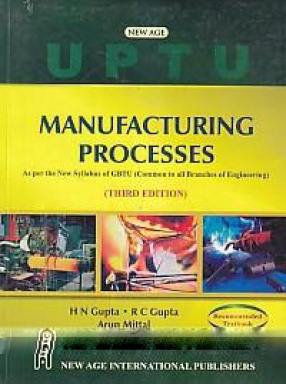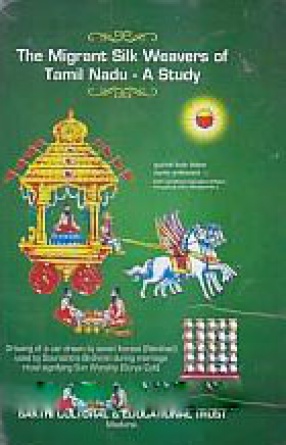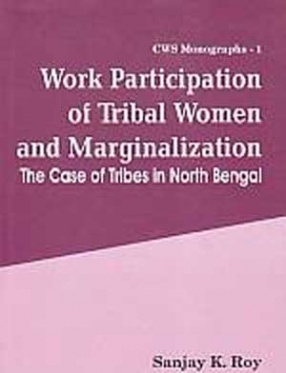The fact that the United States faced two giant communist powers-one recognizably powerful, and the other potentially a great power to challenge its hegemony-“forcefully brought to be consciousness of American policy makers the importance of strengthening relations with the two countries of the Indian subcontinentâ€. The United States, already striving hard to fill the ‘power vacuum’ created by the withdrawl of Great Britain from Asia, further depended her involvement in the subcontinent. Mr. Gupta here attempts to assess the American involvement in the subcontinent. Mr. Gupta here attempts to assess the American involvement in the Indian sub-continent, and examine the extent to which American her foreign policy. Highlighting the basis of American political philosophy, he identifies the probable reasons for her ‘sustained tilt towards Pakistan’. The study a lucid, chronological narrative of events, aptly places emphasis on the pro-Indian public opinion in the United States and attempts to answer some pertinent question in the context of Bangladsh crisis: “why was the American President so immune to poplar sentiment? Why, also was h e motivated to obstruct a genuine national uprising against an undemocratic government as late as October 1971, when all assessment pointed to the inevitable break-up of Pakistan? More broadly, why has the United States backed Pakistan when that policy was certain to alienate a more powerful, democratic India?â€. It has a Foreword by Charless H. Heim Sath, Professor of South Asian Studies, American University, Washington (USA).
Manufacturing Processes
$13.50
$15.00








There are no reviews yet.